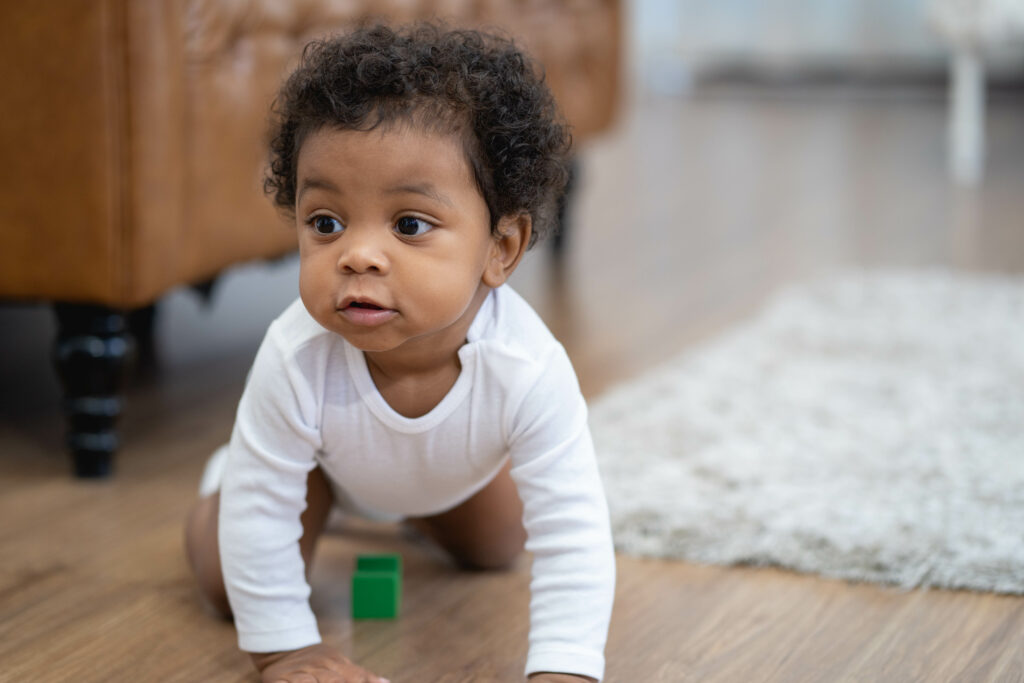Crawling is Still Important

Crawling, once considered a key developmental milestone in early childhood, is no longer universally regarded as essential for typical development. Experts now understand that each child’s motor skills progress at their own pace, and while crawling plays a role in strengthening coordination and muscle control, many children may skip this stage entirely without experiencing any developmental delays. Some children move directly to scooting or walking. However, physical and occupational therapists feel that crawling is still important.
Physical and occupational therapists often emphasize the importance of crawling in child development due to its wide-ranging benefits. Crawling plays a crucial role in building strength, coordination and brain development. And while some kids can skip crawling without any issues, others may be more affected. Things like strength and movement symmetry can be impacted, especially for kids that only scoot on their bottom.
What are the Benefits of Crawling?
First, crawling helps develop core strength and balance. As babies move on their hands and knees, they work various muscle groups, including the arms, shoulders, legs, and core. This physical strength is important for future activities like walking, running, and climbing. In addition, the movement helps babies improve their balance and stability as they learn to distribute their weight between their hands and knees. It also promotes weight shift to the side, allowing a baby to use each side of their body efficiently.
Crawling also promotes coordination and motor skills. When a baby crawls, they use a “cross-lateral” movement, meaning the opposite arm and leg move together. This motion helps the brain connect both sides of the body, improving coordination. This type of movement also encourages hand-eye coordination. This is essential for tasks like writing, playing sports, and even driving in the future.
Another key benefit of crawling is the stimulation it provides to the brain. It activates areas of the brain responsible for spatial awareness and problem-solving. Babies learn to judge distances, navigate obstacles, and explore their surroundings, all of which contribute to cognitive development.
Occupational therapists also recognize that crawling is important for sensory processing. The pressure babies feel on their hands, knees, and feet helps develop their sense of touch and body awareness. This sensory input is critical for children to understand where their body is in space and how to move it effectively.
Crawling is a foundational activity that helps develop strength, coordination, and sensory awareness that therapists feel are still important for a child’s overall development. Here are some activities you can do with your child at home.
